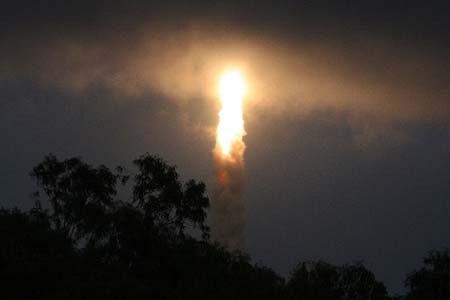
The ambitious project started with the setting up of a national lunar mission task force by the state-run ISRO. The country's top scientists and technologists assessed the feasibility of such a mission, its objectives and configuration required.
"The task force recommended that an Indian mission to the moon was worthwhile in view of our domain expertise in space technology. About 1,000 scientists held brainstorming sessions on the scientific objectives of the mission, instruments to be developed, launch vehicle and spacecraft building," ISRO director S. Satish said.
"The moon has again become the prime target for exploration and there is rejuvenated interest. All the major space-faring nations started planning missions to explore the moon and to utilize moon as a potential base for space exploration," the director added.
The mission would be followed by Chandrayaan-2 which features a lander and a rover. India and Russia would jointly participate in this project. However, there might be a provision to accommodate payloads from other space agencies like in Chandrayaan-1.
"This apart, studies are being conducted by ISRO on sending unmanned spacecraft to planet Mars as well as to asteroids and comets. Through such programs, ISRO intends to undertake the exploration of space besides its primary mission of developing and utilizing space technology for the overall development of the country", the ISRO official said.
(Reuters.com, Xinhua News Agency October 22, 2008)